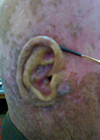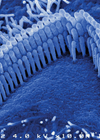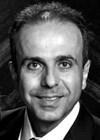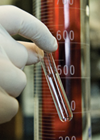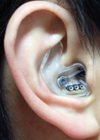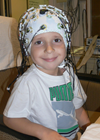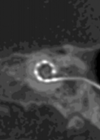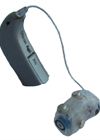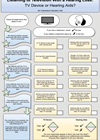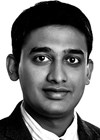Audiology features
Military noise induced hearing loss and the Lost Voices report: the evolution of earshot
Brigadier Robin Garnett gives us a snapshot of the 2014 Royal British Legion report on hearing problems of Service personnel and veterans. The difficulties in assessing and managing hearing loss are reiterated in this article, with an introduction to how...
Audiological approach to treatment of blast-induced tinnitus
Hearing loss and tinnitus resulting from blast waves in the war zone is becoming more common in our clinics. Hamid Jalilvand based in Tehran, shares his experience in audiological rehabilitation and research findings on patients in his clinics with a...
Audiology Papers of the Year 2015-16
In this short review we have asked Melanie, Carolina, Josephine and Cherilee to consider the best article they have read in the last 12 months and provide us with a short review. All contributors have managed to succinctly highlight the...
What’s new in the cochlea?
Prof Furness in this article rounds up the steps and leaps being made by the scientific community to develop therapies to support, rejuvenate and / or replace the cochlear structures. David’s electron microscope images of the cochlear structures are world...
What’s new in genetic testing for hearing impairment?
Often the first question following the diagnosis of a hearing loss is ‘why?’ In this article Ali Danesh explores the advances made in uncovering ‘why’ from a genetics perspective. Ali describes the panel of genetic tests now commercially available to...
What’s new in protecting hearing?
Preventing an avoidable hearing loss before it begins would be the public health dream. In this article Kathleen Campbell takes us through one option that is showing the potential to fulfil that ambition. Kathleen explains the development of a preventative...
What’s new in electrophysiology?
Steve Bell is a lecturer at the University of Southampton and a member of the British Society of Audiology’s (BSA) Special Interest Group in Electrophysiology. Given the current surge in interest in electrophysiology, both in rehabilitation and diagnostic arenas, Steve...
What’s new in auditory processing?
Auditory processing disorder (APD) has had a controversial history, stemming mainly from lack of scientific rigor and accepted clinical definition. That situation is now changing. Driven by the huge number of people with unaddressed listening difficulties, basic discoveries in neuroscience,...
What’s new in implantable devices? New indications in cochlear implantation
For over 40 years, cochlear implant procedures have steadily increased. Outcomes for patients are improving as a result of modified surgical techniques, a wider portfolio of electrode arrays, advances in programming strategies, access to improved technology and a better understanding...
What’s new in hearing aid technology? Requisites for successful implementation of eHealth in hearing health care
Like Eeyore in AA Milne’s Winnie the Pooh stories it appears we all will soon have a personal cloud, but unlike Eeyore this will be something to celebrate! The future of hearing aid technology is in the cloud argues Uwe...
How entrepreneurs can integrate hearables into their clinic
Brian Taylor provides an interesting perspective on market segmentation of the hearing impaired population, and how as clinicians and entrepreneurs we need to be able to recognise the different approaches that are required to address the large percentage of the...
Hearing healthcare in India
With a population of more than a billion people, and an estimated prevalence of hearing loss of somewhere between 5.9% and 16.5%, depending on which definition you use, India has a significant number of hearing impaired individuals. They are served...



